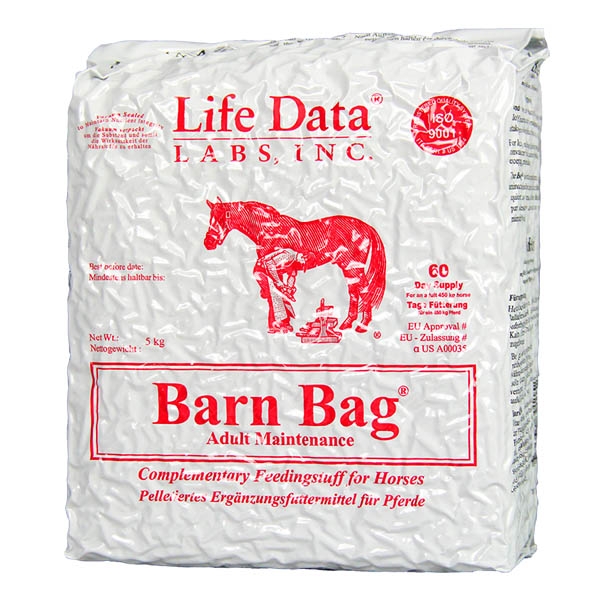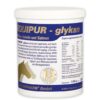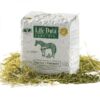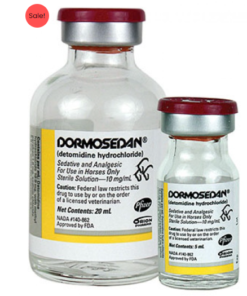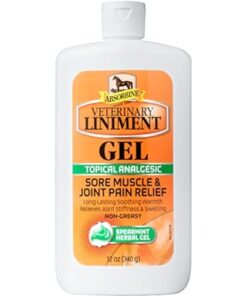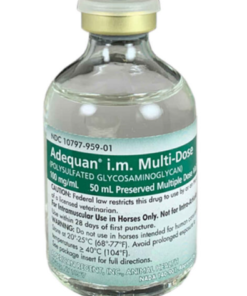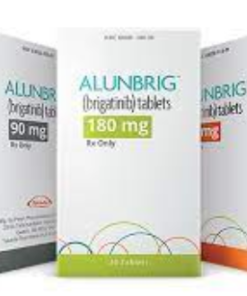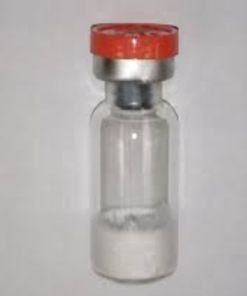Buy Barn Bag 5 kg
$150.00 Original price was: $150.00.$125.00Current price is: $125.00.
Barn Bag from Life Data Labs has taken on the challenge. It contains the correct composition and amount of nutrients your horse needs, combined with local grains and hay. Buy barn bag
Research conducted by Frank Gravlee (DVM, MS, CNS) using blood analyses on hundreds of horses provided the basis for a balanced horse diet. The nutritional product is formulated precisely to provide the building blocks for tissue, healthy organs and optimal performance.Buy barn bag
Barn Bag For Sale Online
owards the end of winter, the overall condition of many horses deteriorates. Possible reasons for this are decreasing nutritional value of the feed, increased calorie requirements, lack of high-quality calorie sources, reduced activity, over- or under-supply of nutrients, reduced water intake or staying in a stable with reduced air quality and thus increased susceptibility to infectious diseases and coughs.
The main reason for poorer condition is usually the end of pasture feeding. The nutritional quality of hay is lower than that of pasture grass and it continues to decline with longer storage. For example, the content of carotene (vitamin A) decreases by more than 50% within a few days after harvest, and other vitamins decrease by between 7 and 10 percent per month.
The horse has an increased metabolism in cold weather to keep the body warm. Horses burn their fat reserves to meet the increased calorie requirements, which worsens their general condition. Good quality hay or pasture in sufficient quantities is the best source of calories. A horse normally consumes two to two and a half percent of its body weight in dry hay or pasture each day. Hay stored under cover will dry out to a moisture content of about 15%. This means that a 450 kg horse will need up to 13 kg of hay per day. Ideally, hay or green forage should always be available for the horse to nibble on.
If the horse needs extra calories, oats are an excellent source of extra calories. Oat starch is easily digestible; it is quickly broken down into sugar in the small intestine and absorbed. The carbohydrates in the grain are absorbed long before they have completely passed through the small intestine, provided the horse is fed no more than 0.5% of its body weight in one feeding. This equates to no more than 2.25 kg of oats per feeding for a 450 kg horse. A poor feed converter who works hard will need this amount up to four times a day. Poor quality mixed feed should not be given under these circumstances, not only because of the excess calories, but also because carbohydrates reaching the posterior small intestine can cause colic or laminitis.
Another good source of calories is beet pulp. These are metabolized by microorganisms in the small intestine into beneficial vitamins, amino acids and volatile fatty acids (VFA). VFAs are particularly efficient sources of calories. Beet pulp increases the calorie density of the diet without the formation of glucose and is therefore ideal for insulin-resistant horses that are sensitive to starch. An additional benefit is that the digestible fibers of beet pulp produce heat through the fermentation process in the small intestine.
Soaked beet pulp or vegetable oil increases the horse’s water intake and can thus increase appetite. Adding vegetable oil also provides calories produced by bacteria in the small intestine in the form of volatile fatty acids.
Water supports the digestive process, so adequate water intake is essential. Since most horses do not like to drink cold water, you should encourage them to drink by offering them warm water. Feeding beet pulp also promotes water intake and thus the horse’s appetite.
Increasing the amount of compound feed to help a poor feed converter gain weight is usually counterproductive because the additional micronutrients are in a fixed, unchanging ratio to calories. Increasing the total amount of compound feed is actually force-feeding with additional nutrients, which can lead to oversupply and nervousness, metabolic problems and poorer overall condition. Daily nutrient requirements should be considered separately from calorie requirements in order to regulate weight via the actual daily amount of nutrients required. This is done by feeding the required nutrients regardless of the additive-free calorie source.
The best feeding strategy is to provide pasture or high-quality hay of your choice, supplemented with nutrients in sufficient quantities and in the right proportions. Oats should be fed as needed to meet the calorie requirements needed to maintain condition. This method means avoiding feed enriched with additional nutrients. Oats are an ideal source of calories to supplement the amount of calories consumed through green forage. Feeding oats encourages the horse to chew thoroughly, thereby stimulating salivation. The buffering effect of saliva promotes digestion and helps prevent stomach ulcers and other digestive disorders, as well as maintaining good condition.
Supplementing winter feed with vitamins, minerals, fatty acids and amino acids is highly recommended. Nutrients in the right amount and ratio make feeding more efficient. For example, lysine is a key amino acid in pasture feed. When added to the diet, the other amino acids can be better utilized, making the overall diet more efficient. The balanced supply of concentrated nutrients helps the horse to metabolize winter feed better.Buy barn bag
Another problem that often occurs during winter and spring is persistent coughing. Restricting the ventilation of the stable to limit the escape of heat leads to waterlogging, mold and the accumulation of ammonia from feces and urine. Ammonia irritates the mucous membranes of the respiratory tract and leads to inflammation of the airways and shortness of breath. Feed with poor quality proteins, such as mixed feed with additives, causes an increase in the ammonium content in the urine. Alfalfa, with its high nitrogen content compared to grass hay, is also responsible for an increase. If you smell ammonia in the stable, the permissible limit of 10 ppm has already been exceeded! To reduce the ammonia content of the air, you should improve ventilation, use hay and a high-quality feed supplement instead of mixed feed with grain by-products. Buy barn bag
Dusty environments in the stable are a common cause of coughing. To reduce dust in the stable, you can replace straw with wood shavings. Take horses out of the stable during mucking out and keep rodents and birds away, as they always stir up dust. Another source of dust is feed hay, especially when it is eaten from above the ground. When the horse raises its head to pluck hay, crumbs and dust are inhaled through the nostrils and cause irritation and inflammation of the respiratory tract, as well as an increased risk of infection of the deeper tissue layers of the respiratory tract. Hay should therefore always be offered from the ground or just above it. It can also be sprayed with water or vegetable oil to help bind the dust.Buy barn bag
The relative inactivity of many horses during the short days and low temperatures of the winter months can lead to a loss of muscle mass. Also, most horses resist cold drinking water in winter, causing them to consume less water and then less feed. Warming the water is one way to aid the intake of water and feed.Buy barn bag
Winter is actually the best time of year to help an overweight horse lose weight because the calorie content of green forage is low and calories are also used to keep warm. If your horse has gained too much weight due to lack of exercise or overfeeding, then reduce the calorie intake, give him more exercise and feed calories separately from nutrients. Use a low-starch feed supplement with vitamins, minerals, fats and amino acids. Feed hay with a lower leaf and higher stem content. Use close-meshed feed racks to encourage the horse to nibble constantly. Do not feed grain or mixed feed to good feed converters.Buy barn bag
The winter months determine the success or failure of training activities in the spring. The coat that has grown longer over the winter can conceal weight gain or loss. One countermeasure is to regularly evaluate the horse’s physical condition every one to two weeks. Buy barn bag
Scott Gravlee, DVM, CNS
Equine Nutrition Specialist
Life Data Labs, Inc.
What makes Barn Bag so special?
- Barn Bag prevents a possible lack of nutrients in less active horses and horses with metabolic diseases (e.g. insulin resistance), which would otherwise result from a reduced supply of mixed feed. Buy barn bag
- Barn Bag prevents a possible oversupply of nutrients in athletically active and hard-working horses, which would otherwise result from an increased dosage of mixed feed. Buy barn bag
This is how to feed a horse correctly:
1. Hay and/or pasture feed for fiber and nutrients
2. Additional nutrients to supplement pasture and hay feeding in the form of a scientifically proven, low-calorie nutrient source, e.g. Barn Bag from Life Data Labs
3. Promote the horse’s physical fitness through the appropriate energy supply in the form of additive-free calorie sources such as oats, beet pulp and vegetable oil
Barn Bag already contains all the important minerals, vitamins, fatty acids and amino acids in the right composition. Buy Undetectable Counterfeit Money Online Cheap

